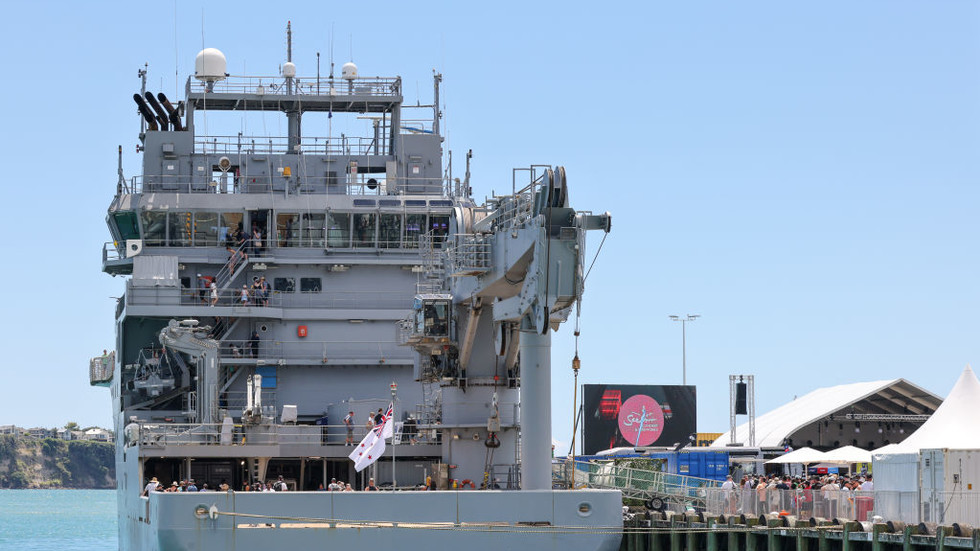On October 5, 2024, the Royal New Zealand Navy ship HMNZS Manawanui tragically capsized and sank in the Pacific Ocean after hitting a reef near Samoa’s Upolu Island. The vessel was engaged in a hydrographic survey mission when it lost power and drifted into a reef. Reports suggest that as the ship drifted onto the reef, it began to list and subsequently caught fire before ultimately sinking. The New Zealand Defense Force (NZDF) released a statement confirming the incident and noted that the cause of the grounding remains under investigation. There are growing concerns among local residents regarding potential environmental impacts, especially the risk of an oil leak resulting from the sinking.
The incident took place during challenging weather conditions, which complicated the rescue efforts. Fortunately, all 75 personnel on board HMNZS Manawanui were safely rescued by Samoa’s Fire and Emergency Services Authority. They were evacuated to shore despite rough and windy conditions that made the operation difficult. Although the majority of the crew were unharmed, three sailors sustained minor injuries and were subsequently hospitalized for treatment. According to Samoa’s Fire Commissioner Tanuvasa Petone, the successful rescue operation owed much to the coordination among the authorities involved and their ability to manage the adverse weather.
A Royal New Zealand Air Force P-8A Poseidon aircraft was also deployed to provide support during the rescue mission, demonstrating the government’s commitment to ensuring the safety of its personnel. Maritime Component Commander Commodore Shane Arndell expressed gratitude for the collaborative efforts that enabled the successful evacuation of the crew. This incident not only raises concerns for the safety of military personnel but also highlights the importance of operational readiness in adverse weather across the Pacific region.
The naval vessel, built in 2003, had been acquired by the New Zealand Navy in 2018 for approximately US$63.4 million. HMNZS Manawanui was primarily designed for hydrographic surveying and had a significant role in assessing oil and gas reserves. Additionally, it contributed to the scan of the ocean floor for unexplored World War II-era munitions, showcasing its multifaceted capabilities. The loss of this vessel is not only a setback for the Navy in terms of resources but also raises concerns about the potential impact on ongoing maritime operations in the Pacific.
New Zealand Defense Minister Judith Collins described the sinking of the Manawanui as a “truly terrible day” for the Royal New Zealand Navy. She acknowledged the challenging nature of salvage operations following such an incident, noting that “not much chance” exists for the vessel to be salvaged. The tragic sinking serves as a stark reminder of the dangers faced by naval operations, particularly in remote maritime areas.
In the aftermath of the incident, there is a collective expression of concern regarding the environmental implications of the sinking and potential oil leaks. The New Zealand Navy is reportedly working diligently to minimize any ecological damage, underscoring the seriousness of the situation faced not only by the crew but also by the surrounding marine environment. The events surrounding HMNZS Manawanui’s capsizing exemplify the precarious nature of naval operations, as well as the need for vigilant safety protocols to avoid similar occurrences in the future.

